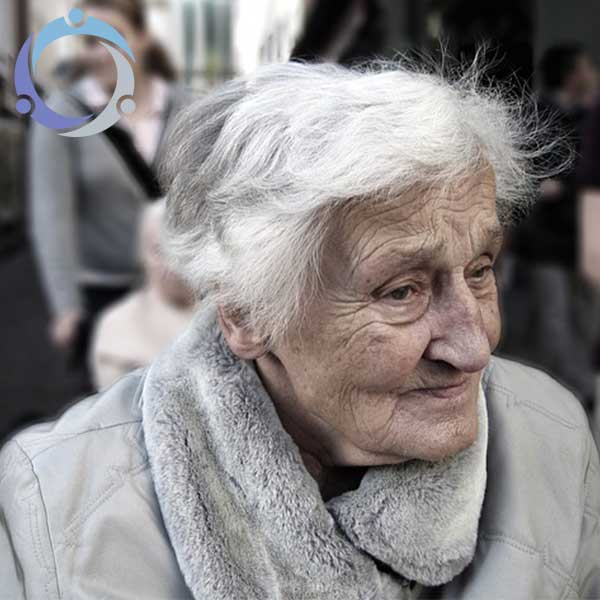
Contributed by Nathan McVeigh
While people are aware that dementia and Alzheimer’s are two different terms, many of us struggle to understand the difference between the two. Essentially, dementia is an “umbrella” term that describes multiple symptoms and diseases. In this case, Alzheimer’s disease is the most common type of dementia. Understanding dementia is the main lesson caregivers and family members must learn in order to know how to deal with the difficult behaviors associated with the disease.
A commonly discussed symptom of dementia is sudden outbursts of violence. In most cases, a change in personality will affects the relationships of the patient and caregiver. When people who are normally gentle and kind start to act in ways that are completely different from who they used to be, as a caregiver you start to have feelings and thoughts you didn’t have before. While it’s confusing and saddening, understanding dementia begins by understanding its behaviors.
What difficult behaviors are there?
People with dementia start to act in ways that, for most patients, are totally different from who they used to be. The most common types of new and difficult behaviors are those that are expressed reactively, but others include those that are expressed passively.
Reactive behaviors are those such as when a person protests or argues (sometimes with violence), is agitated or stubborn, cries and/or laughs uncontrollably, or falsely accuses someone as a result of something said in conversation. Passive behaviors are when a person hoards objects, acts with suspicion, paces the floor, or acts paranoid.
What triggers these difficult behaviors?
While understanding dementia begins with knowing what to expect, it continues with knowing what prompts these behaviors. As soon as you can identify what prompts the behaviors, you will then able to deal with them properly.
Generally speaking, these emotions can be triggered by almost anything. The most powerful trigger is the brain, since it’s the main source of the disease. However, stimuli from the environment, your loved one’s health, or his or her medication can also contribute. Other times, patients may be more prone to these behaviors simply because they are not feeling well or even because of an unfamiliar activity. For many, these behaviors are the only way they remember how to communicate.
What are some ways to deal with the difficult behaviors?
Again, as soon as you can identify what prompts the behaviors you can begin to deal with them properly.
For starters, be sure to look at these do’s and don’ts when dealing with dementia. More importantly, the single best way to handle these behaviors is to pay special attention to what your loved one is trying to communicate through the behavior. While this can only be done on a case-by-case (and trial-and-error) basis, whatever the patient tries to communicate will point out a trigger (or several). From that point, you will know what to adjust.
The adjustment might be to remove the trigger itself. If that can’t be done, the adjustment might be to alter or prevent the trigger in some way. For example, if your loved one is always accusatory, they might want to communicate that they misplaced something. In that case, removing what’s misplaced won’t solve anything, so a better solution might be to minimize the number of hiding places in the home.
The next step in dealing with the difficult behaviors of dementia centers on emotions and attitude. It’s important to take breaks from caregiving so that you don’t get emotionally burnt out. Part of understanding dementia is realizing that your loved ones need constant help and supervision, so you have to take care of yourself before you can be the best caregiver to a high-maintenance patient. Everyone has a tolerance threshold that is different, so be careful to replenish it as often as you can. Thankfully, help is never too far away with Lotsa Helping Hands communities.

